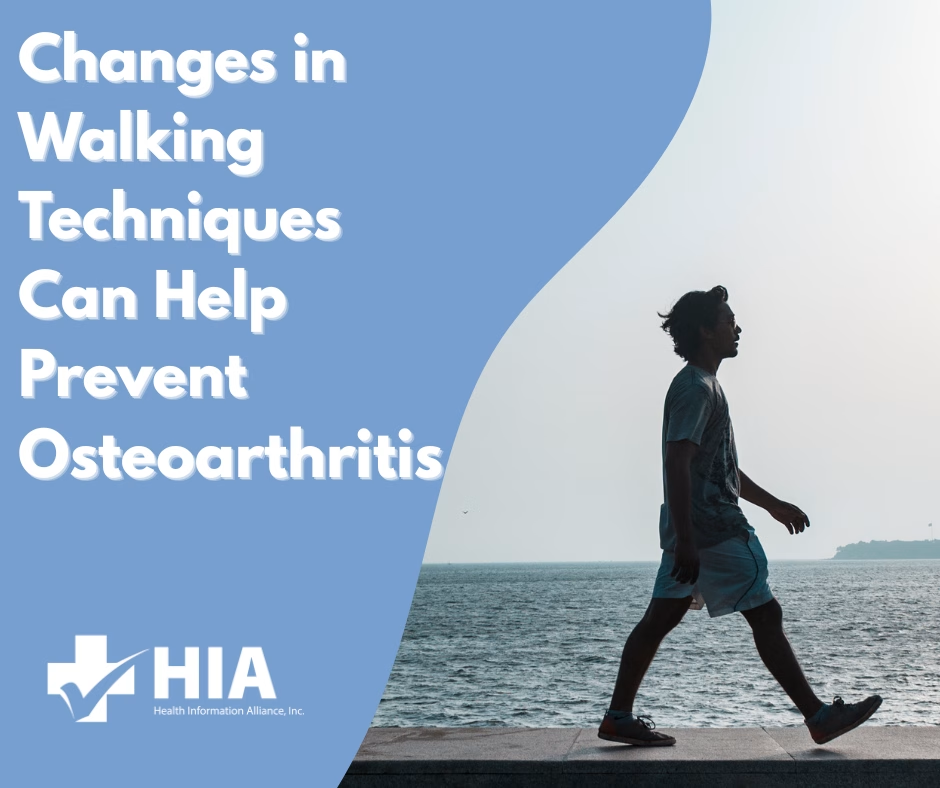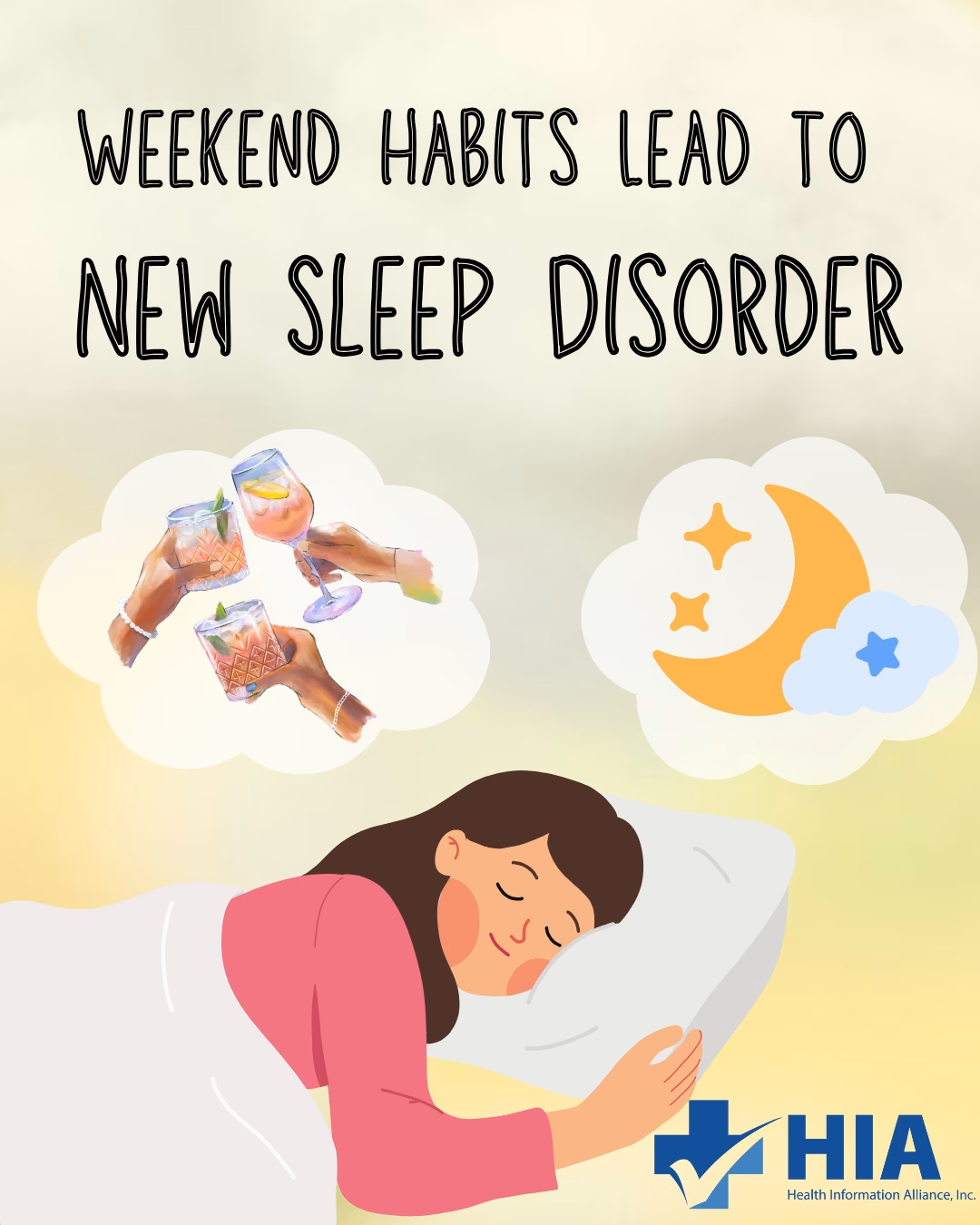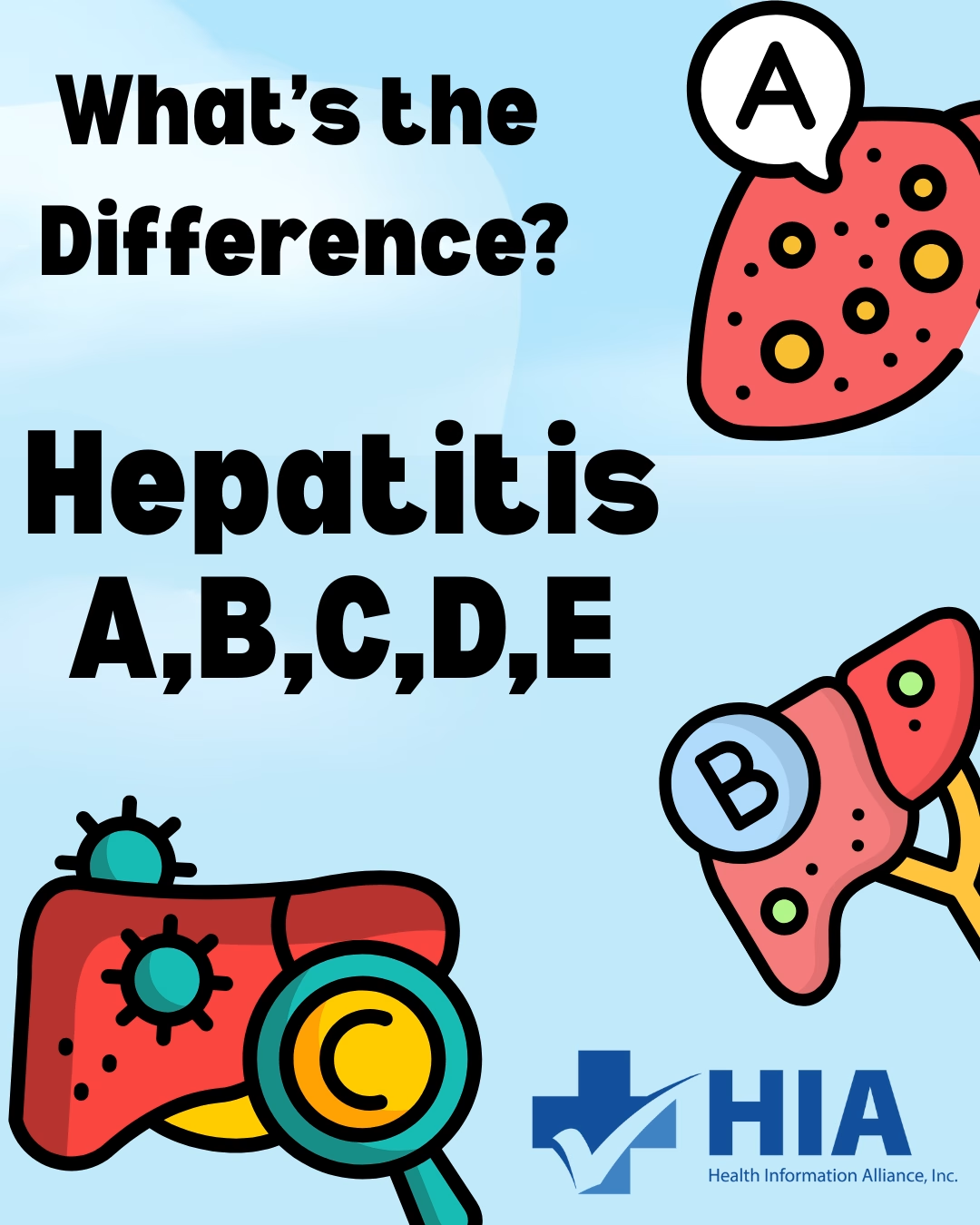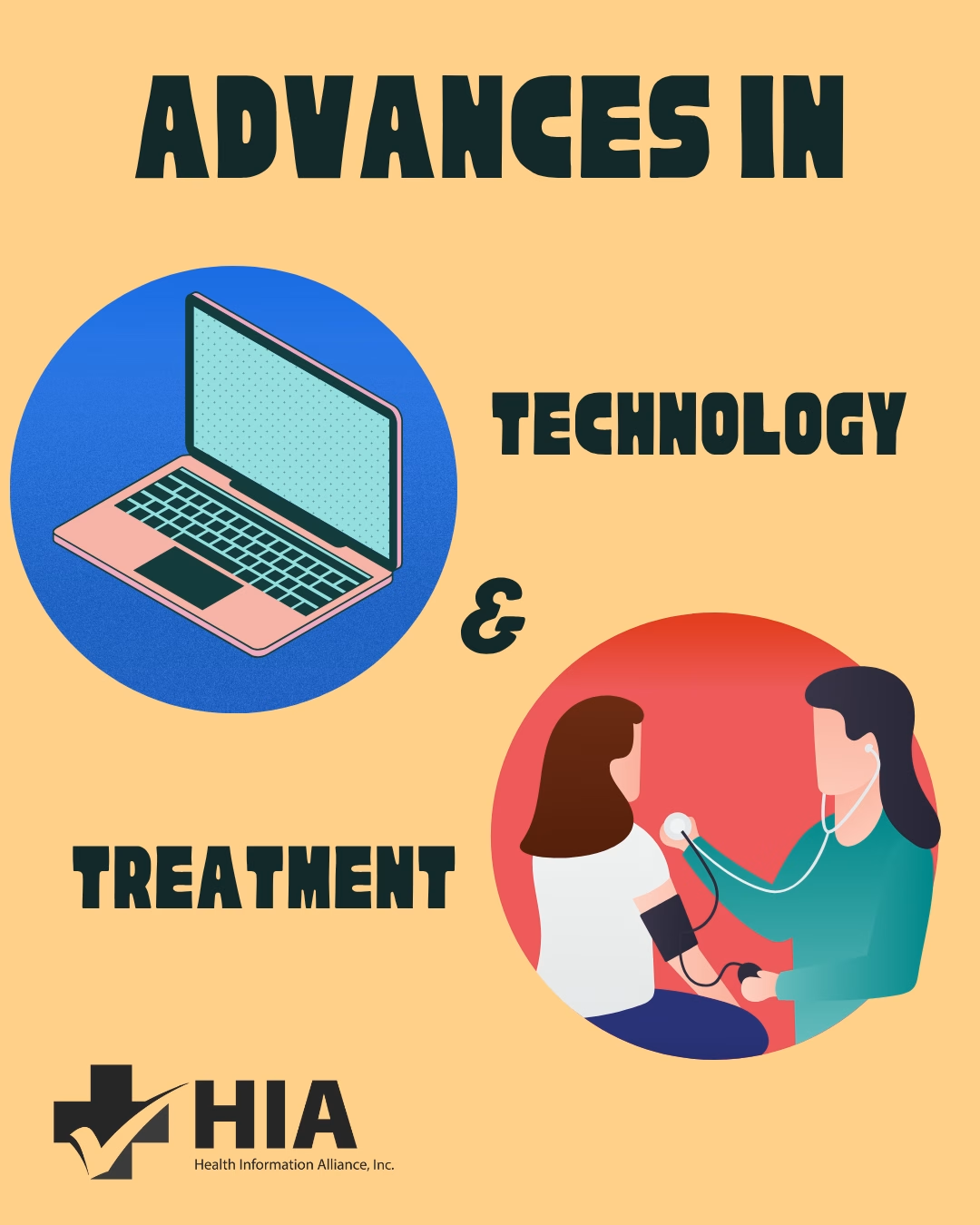Sun Safety
August is Summer Sun Safety Month! This month is an excellent opportunity to learn about the signs of sun damage and how to protect yourself and your family from harmful UV rays. Children are especially at risk for sun damage as they burn easily and spend more time outdoors. Sun damage can lead to dangerous skin conditions, the most common being skin cancer, which develops on areas of sun-exposed skin such as the scalp, face, lips, ears, neck, chest, arms, hands, and legs.
Too much sun exposure can leave skin with more than just an uncomfortable sunburn. Sun poisoning is an everyday possibility when spending time under harmful UV rays and causes a greater reaction beyond just the skin. Sunburns cause red, painful skin, whereas “sun poisoning is a combination of the body’s response to a severe sunburn in addition to over dehydration,” says Dr. Ashley Eisensohn, a dermatologist and Mohs surgeon at Loma Linda University Medical Center.
Some symptoms of sun poisoning can include:
- Dehydration
- Dizziness
- Loss of consciousness
- Small bumps that look similar to hives
- Blistering of skin that eventually peels
- Chills
- Headache
- Nausea and vomiting
- Chills
- Red, painful skin
- Fever and flu-like symptoms
- Muscle aches
These symptoms usually only last a few days, but full skin recovery can take weeks.
Differentiating between sun poisoning and sunburn can be difficult, as they show similar signs.
Symptoms of sunburn can include:
- Redness of the skin
- Swelling
- Itchiness or tenderness
- Skin that’s hot or warm to touch
Very severe sunburns can also lead to flu-like symptoms, like sun poisoning, but will not result in rashes or hives.
Similar to how children are at a higher risk for sun poisoning, other factors can put you more at risk:
- You have a family history of skin cancer
- You have fair skin
- “You are using medications that make you sensitive to sun exposure,” says Dr. Lela Lankerani, a board-certified dermatologist with Westlake Dermatology, “Such as tetracycline antibiotics, retinoid products, hydrochlorothiazide, and naproxen.”
- You live near the equator
- You have lupus, which causes your cells to be more sensitive to damage by UV radiation. Exposure can cause rashes and other skin symptoms.
- You spend a lot of time outdoors without shade, including construction workers and athletes.
Getting sun poisoning can lead to an increased risk for skin cancer down the road, including basal cell and squamous cell skin cancers and melanoma, the severe and more aggressive form of skin cancer. According to the Skin Cancer Foundation, just one blistering sunburn from childhood doubles your risk for melanoma in adulthood. Other symptoms of sun poisoning, like dehydration, can affect functions like blood pressure, cause fatigue, make you faint, and possibly lead to heat stroke, board-certified physician Dr. Matthew Zarraga, a cosmetic and general dermatologist at Z-ROC Dermatology, states.
If you or someone close to you gets sun poisoning, here are some tips for treating it:
- Get the person out of direct sunlight as quickly as possible
- Apply aloe or similar sunburn relief to the skin
- Use a cool compress on the skin
- Rehydrate with PLENTY fluids, including water and sports drinks with electrolytes to help balance the body’s fluid levels. These can replace lost fluids and minerals due to dehydration
- Avoid scratching the rash or popping blisters
- Take a cool (but not cold) bath
If you or your loved one is an infant or over 65 and has sun poisoning, seek immediate medical care. If symptoms such as chills, dehydration, and nausea & vomiting are still present 12 hours after sun exposure, seek medical care.
During these hot summer months, take preventative measures to protect yourself and your loved ones from sun poisoning. Some ways to prevent this are wearing protective clothing, like sunglasses and UPF shirts, wearing sunscreen daily, checking the UV index, and avoiding spending time in direct sunlight.






